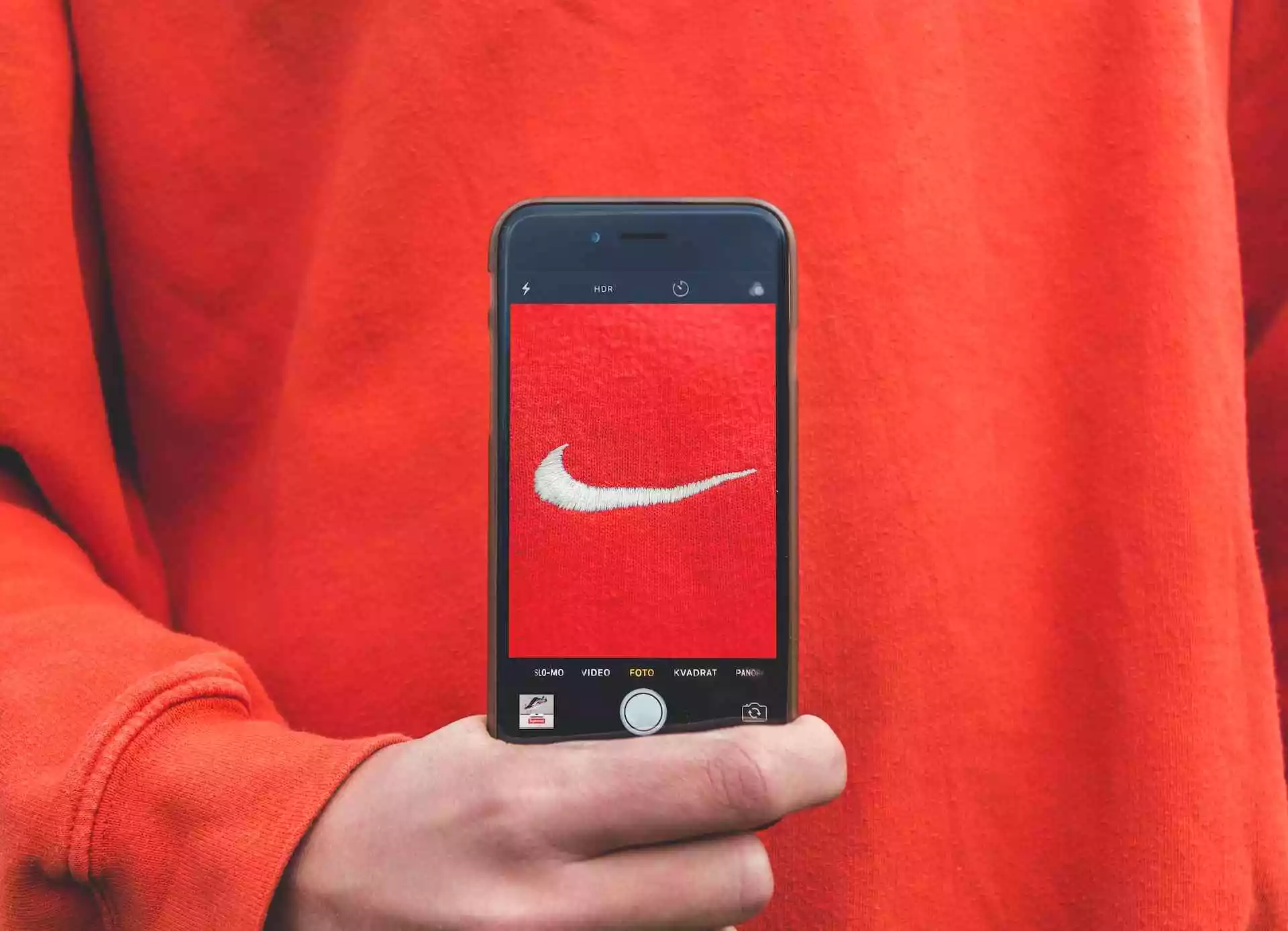In the world of branding, two terms are often used interchangeably, yet they stand for different concepts – visual identity and brand identity. While they are closely related and both crucial to a brand’s success, understanding the difference between the two can help businesses build a more effective and cohesive strategy. This article will delve into the nuances of visual identity and brand identity and illuminate how they work together.
What is Brand Identity?
At its core, brand identity is the collection of all elements that a company creates to portray the right image to its consumer. This encompasses the mission, values, and personality of a brand, which are communicated through the brand name, tagline, voice, messaging, and customer relationship strategies. It’s the promise a brand makes to its consumers and the emotions or perceptions it aims to provoke.
For example, when thinking about the brand Apple, words like innovation, quality, and design might come to mind. This isn’t accidental; it’s the result of a carefully crafted brand identity.
What is Visual Identity?
Visual identity, on the other hand, is how that brand identity is communicated visually to the audience. It’s the visual aspect of branding that businesses create to trigger particular feelings and perceptions in the mind of the consumer. This includes elements like logos, typography, color palettes, design styles, images, and any other visual elements used in its communication. It’s about creating a consistent look that becomes easily associated with your brand.
Continuing the Apple example, their minimalist design, simple typeface, and the apple logo with a bite taken out of it, are all elements of their visual identity.
The Relationship Between Brand Identity and Visual Identity
Visual identity and brand identity are two sides of the same coin; they work together to form the complete picture of a brand. The brand identity represents the soul of the brand – its purpose, values, and personality. In contrast, the visual identity is the physical manifestation of those characteristics. It brings the brand identity to life, making it tangible and recognizable.

Why Both Matter
An effective brand identity is essential for positioning a brand in the market, differentiating it from competitors, and building a loyal customer base. It helps companies communicate their value proposition and build a relationship with their audience.
Visual identity, in turn, is what makes a brand instantly recognizable. It creates a strong impression and evokes the desired emotions in customers. Good visual identity promotes consistency, which helps establish trust and familiarity.
Examples of Effective Visual and Brand Identity
Nike: The athletic brand has a powerful brand identity built around the concept of achievement and overcoming challenges. This is perfectly captured in their tagline “Just Do It”. Their visual identity – the simple, swoosh logo and bold typography – supports this by conveying a sense of motion and victory.
Coca-Cola: Known for its brand identity built around happiness, sharing, and celebration, Coca-Cola’s visual identity supports these themes. Its distinctive red-and-white color palette, timeless logo, and iconic bottle shape evoke feelings of nostalgia and joy.
Conclusion
Brand identity and visual identity are both crucial aspects of a brand’s overall impression. While the brand identity represents the core values and personality of a brand, the visual identity visualizes these elements, making them tangible. Businesses aiming to build a strong brand should invest in both, ensuring they work together seamlessly to create a cohesive and resonant image in the minds of consumers.
Stay updated with more insights into branding by subscribing to our newsletter. For more on how visual elements like color affect a brand’s perception, don’t miss our article on color theory and brand perception.



